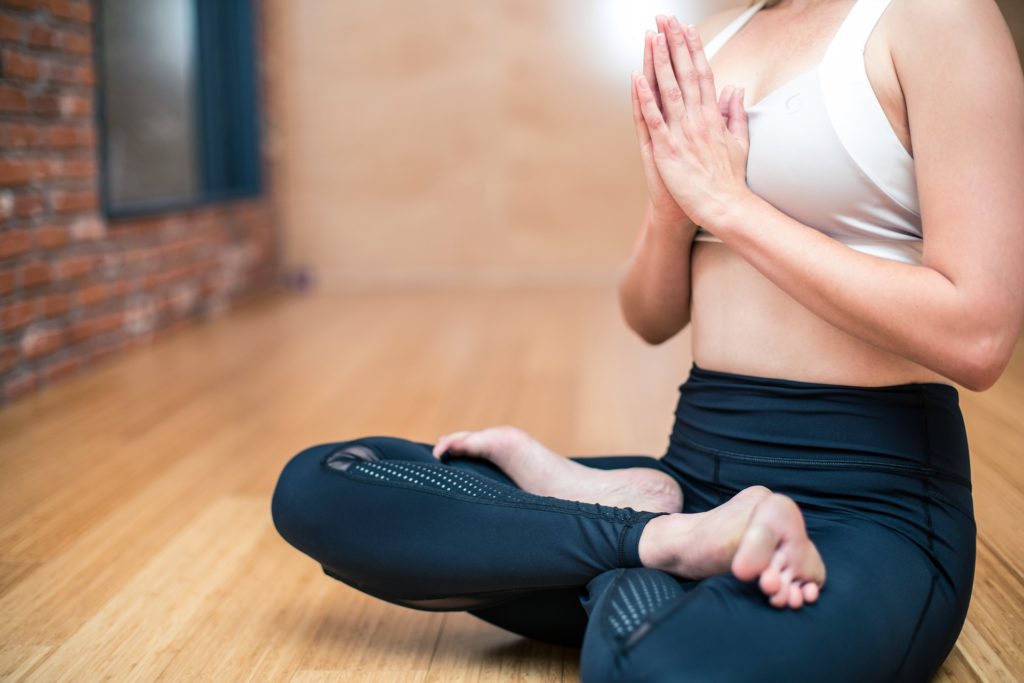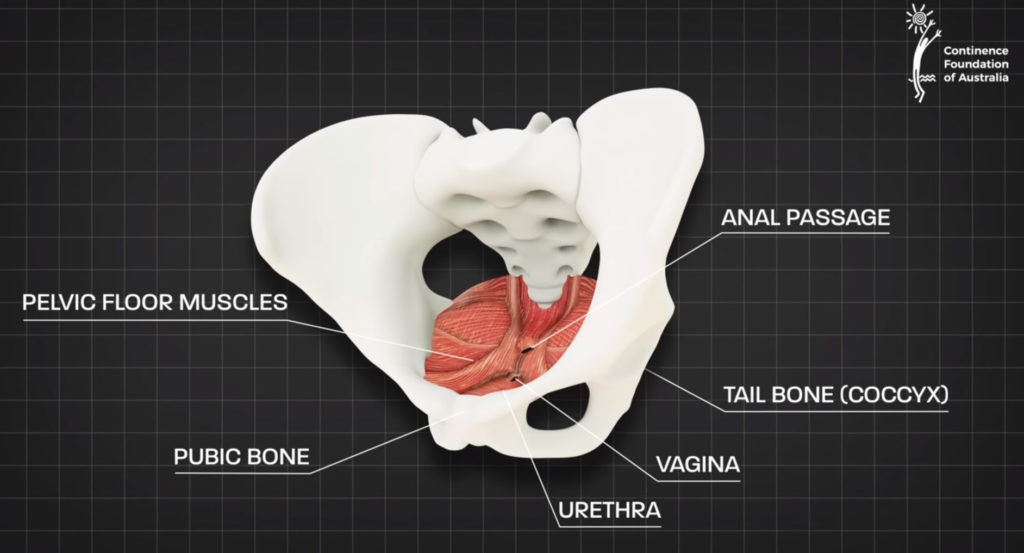
How to strengthen your pelvic floor
What are pelvic muscles?
Pelvic muscles are located at the base of your core. They stretch like a trampoline or hammock from the pubic bone back to the tailbone. Pelvic muscles support the bladder, bowel and uterus. When these muscles contract, the organs are lifted and tightened, preventing accidental urination, bowel movements, and gas. When these muscles relax, you are able to urinate and have a bowel movement. These muscles also play a role in sexual pleasure and the birthing process.
For many, weak pelvic muscles can cause bladder control problems and leakage when you cough, sneeze, laugh, or strain. Weakening of pelvic muscles result from pregnancy, childbirth, aging, hormones associated with menopause, and straining these muscles due to constipation, chronic cough, or being overweight.
How do you identify these muscles?
Imagine you are trying to stop the flow of urine or the passing of gas – those are your pelvic muscles. Next time you pee, practice by stopping the flow. But once you have identified the correct muscles, don’t actually do your exercises while on the toilet while emptying your bladder. This can confuse your bladder and lead to incomplete emptying. Ask your therapist if you are not sure if you are squeezing the right muscles.
How to you strengthen these muscles?
Daily exercises can strengthen the pelvic muscles so they function well. The most popular exercise is kegels to directly work on the pelvic muscles, but other exercises like split tabletop and squats also activate the pelvic floor.
1. Kegels
When you expand and contract these muscles on purpose, you are doing an exercise called “kegels,” one of the most popular exercises to strengthen the pelvic floor. Kegels can be done anywhere, sitting, standing, or laying down—and no one will notice. Contract and tighten your pelvic floor muscles for 3 seconds and then relax for 3 seconds. Make sure you are pulling up, not pushing down. Remember to breathe. Repeat this 10 times in a row, 3-5 times a day. Being stopped at a red light is a good reminder to do your kegels! There are some apps you can also download to remind you.
2. Glute Bridge
If done correctly, the bridge activates the pelvic floor as well as the glutes. Lie flat on your back with your knees bent at a 90-degree angle and feet close to your body. Keep your head, feet, and arms on the floor. Push through your heels to lift your pelvis off the ground and hold for 2 seconds. Repeat.
3. Bird Dog
Get into a tabletop position (on all fours) with your knees under your hips and your wrists under your shoulders. Brace your core (this is a balance challenge!) and lift your opposite arm and opposite leg straight while keeping your head and neck in a neutral position (looking straight down). Hold for two seconds, and alternate.
Remember to engage the muscles during each exercise for the best results.
It can take anywhere from 3-6 weeks to 6 months of exercises before your bladder control improves.
If you are having trouble controlling your bladder, speak with your healthcare provider about your options.

